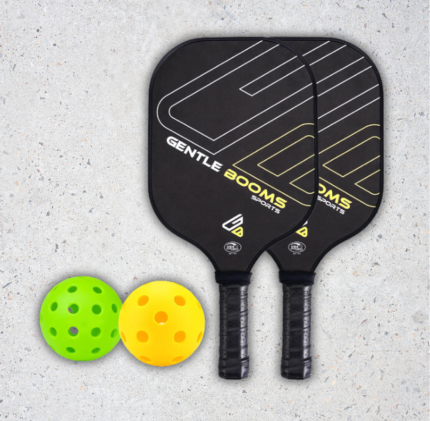Pickleball for Beginners: A Complete Guide to Get You Started
- Team Pickleball
Picture a sunny afternoon in the local park, where families gather sporadically for outdoor Pickleball fun. Amidst the cheerful laughter of children and the lively chatter of parents, a spirited Pickleball match kicks off on the nearby court. Driven by a shared passion for this fast-paced sport, players engage in a captivating battle, effortlessly transitioning between offense and defense with agility and strategic finesse. In this lively corner of the world, Pickleball Game becomes more than just a game; it evolves into a nexus of connection and joy, where neighbors unite as teammates, and competition serves as their common language. Indeed, Pickleball works its magic, crafting memories that endure for years to come.
Welcome to our Pickleball 101 for Beginners blog, a sanctuary for novices eager to master the essentials of this enthralling sport. Whether you’re brandishing a paddle for the first time or honing your skills, our mission is to provide you with a roadmap to success on the court. From fundamental rules and techniques to advanced strategies, we’re your dedicated guide, offering step-by-step tutorials, insightful tips, and practical advice to help you navigate the world of Pickleball with ease. Join us as we embark on this exhilarating journey of learning and growth, as we strive to equip you with the knowledge and tools needed to become a confident and proficient Pickleball player.
Equipment for Pickleball Game
When it comes to playing Pickleball for beginners, having the right equipment is also crucial for an enjoyable and successful experience on the court. Here’s a breakdown of the key items you’ll need:
1. Paddles – A Pickleball Paddle is the primary tool used to hit the ball. Typically made of solid wood or carbon fiber, it features a handle and a flat surface. Pickleball paddles come in various weights, grip sizes, and shapes, allowing players to choose the paddle that suits their preferences. Some paddles are lighter, enabling quicker reactions, while others prioritize power. Additionally, the size and material of the grip not only enhance comfort but also help prevent slipping during fast-paced action.
2. Ball – The ball used in Pickleball matches, commonly called a Pickleball ball, shares similarities with a whiffle ball in size. Crafted from durable plastic, it boasts distinct hole patterns on its surface.
3. Appropriate Footwear – Proper footwear is crucial for both comfort and safety on the Pickleball court. Seek out athletic shoes that provide excellent support, stability, and traction. This ensures you remain securely grounded and agile during fast lateral movements, minimizing the risk of slips and slides.
4. Protective Gear – While not mandatory, some players opt to wear additional protective gear to enhance safety and prevent potential injuries. This may include wrist guards, knee pads, and elbow pads, among others.
Pickleball Court
 5. Court – Pickleball can be played on various courts, including dedicated Pickleball courts or temporary setups in community centers or driveways. The standard court size for singles and doubles play is 20×44 feet. Additionally, the playing surface should be 20 feet wide and 44 feet long, with a 7-foot non-volley zone on each side of the net. The non-volley zone lines are typically 2 inches wide.
5. Court – Pickleball can be played on various courts, including dedicated Pickleball courts or temporary setups in community centers or driveways. The standard court size for singles and doubles play is 20×44 feet. Additionally, the playing surface should be 20 feet wide and 44 feet long, with a 7-foot non-volley zone on each side of the net. The non-volley zone lines are typically 2 inches wide.
6. Net -When setting up a Pickleball court, it’s important to adhere to specific net requirements. The net should be suspended 36 inches above the ground and measure 20 feet wide. Its length should extend from one post to another, with a minimum length of 21 feet 9 inches (6.63 meters). The top edge of the net should be covered with 2-inch white tape for visibility.
While Pickleball doesn’t require extensive equipment, focusing on acquiring a reliable paddle, high-quality balls, and suitable footwear is crucial for beginners to enjoy the game fully. While protective gear can provide added safety, it’s essential to remember that proper technique, warm-up exercises, and awareness of one’s surroundings are equally important for a satisfying Pickleball experience.
Grip and Strokes
In Pickleball, the grip you choose to hold your paddle can greatly impact your control, power, and accuracy. Here are two commonly used grips in Pickleball:
1. Continental Grip: The continental grip holds significant versatility and is widely used in Pickleball. To achieve this grip, place the base knuckle of your index finger on the top level of the paddle handle, creating a V-shape between your thumb and index finger. This grip allows for an easy transition between forehand and backhand shots as well as providing good control for volleys and dinks.
2. Eastern Forehand/Backhand Grip: The Eastern grip is closely similar to the grip used in tennis for both forehand and backhand shots. When adopting the forehand grip, place your hand on the paddle handle with the base knuckle of your index finger positioned on the third level. This grip facilitates increased topspin and power during forehand shots. To transition to the backhand grip, smoothly rotate your hand counterclockwise (for right-handed players) or clockwise (for left-handed players) while ensuring that the base knuckle of your index finger rests on the second bevel. By employing the Eastern grip, you gain enhanced control and maneuverability when executing backhand shots.

The typical Pickleball scoring system involves reaching 11 points. Each rally begins with a serve, and points are only earned by the serving team. In doubles play, both players on a team have the opportunity to serve. Before serving, the server announces the score, which includes their team’s score first, followed by the opposing team’s score, and then the serving number (either 1 or 2).
The player on the right service court initiates the serve. After winning a point, the serving team switches positions, allowing the first server to serve from the left service court. This rotation continues until the serving team commits a fault or loses a rally.
When the serving team loses a rally, the second server serves from the current position. If the serving team loses another rally, the opposing team gains a sideout, meaning they earn the right to serve, and the players switch sides of the court. Both players then have the opportunity to serve and earn points. The serving team scores a point if the opposing team fails to successfully return the ball. A two-point lead is necessary to win the game when both teams reach 10 points.
It’s crucial to remember which service court to serve from. If your team’s score is an even number, you serve from the right service court, and if it’s an odd number, you serve from the left service court. These Pickleball scoring rules may vary depending on the specific tournament or recreational play rules being followed.
Pickleball Game Strategies and Techniques
Effective strategies for playing Pickleball include positioning, shot placement, and communication with your partner. Here’s some guidance on these elements:
1. Positioning: Maintain a balanced and athletic stance, with your knees slightly bent and weight on the balls of your feet. Stay close to the Non-Volley Zone whenever possible. This approach facilitates quick reactions and better control of the game. Foster effective communication with your partner to ensure proper court coverage and minimize open spaces.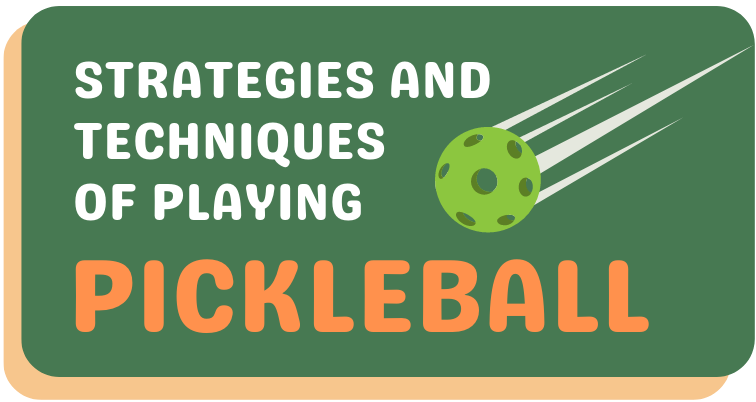
2. Shot Placement: Aim for the sidelines and corners of the court to create difficult angles for your opponents. Utilize drop shots to force your opponents to move forward quickly and disrupt their positioning. Mix your shot selection by alternating between dinks, lobs, drives, and volleys. This strategy keeps your opponents guessing and off balance.
3. Anticipate and Adapt: Anticipate your opponent’s shots by observing their positioning, body language, and racket position. Adjust your position based on the situation. For instance, move back for deep shots or forward for short balls. Continuously evaluate the effectiveness of your strategies and adapt them based on your opponent’s strengths and weaknesses.
4. Practice and Learn: To improve your skills and develop a better understanding of the game, practice your shots, footwork, and strategy regularly. Learn from experienced players, attend clinics or workshops, and watch professional matches. This will help you gain valuable insights and acquire new techniques. Moreover, analyze your gameplay by reviewing recorded matches or seeking feedback from coaches or more advanced players.
With this in mind, players build effective strategies through practice, experience, and the ability to adapt to different game situations. Therefore, refine your skills and tactics to become a more formidable player on the Pickleball court.
Pickleball Game Safety and Injury Prevention
Regarding the importance of a proper warm-up, Pickleball for Beginners is no different than any other physical activity. Additionally, it is vital to engage in an active range of exercises to prepare your body. Instead, start with simple, gentle twists, lunges, hip circles, and bends to loosen your back, hips, arms, and legs. At the same time, listen to your body and pay special attention to any areas that feel particularly tight or tense.
Improving your strength and endurance will help prevent injury and improve your overall performance on the court. Elevate your heart rate and prime your body for action; consider a brief jog or a few short sprints in your warm-up routine. On the other hand, know and respect your physical limit to avoid overexertion and promote overall well-being.
Simultaneously, selecting the right footwear and protective gear can significantly contribute to your safety and overall performance on the Pickleball court. To maximize your experience and minimize the risk of injuries, it is essential to prioritize comfort, support, and proper fit. By doing so, you can fully enjoy the game to the fullest.
Pickleball Game Etiquette and Sportsmanship
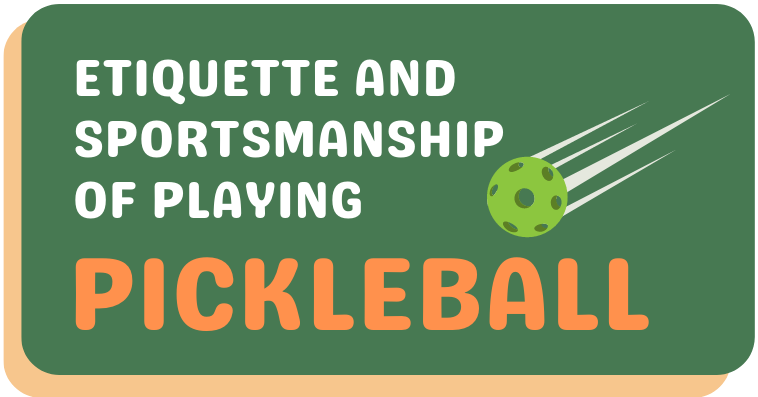
As you may have heard, people actively engage in Pickleball as a social game. However, it’s essential to give your opponent every benefit of the doubt. For example, if one partner declares a shot out and the other declares it in, the rule considers it as in. The significance of good sportsmanship and respect for opponents and teammates are equally important during the game. This includes line calls, the importance of waiting for your turn, and highlighting the need to avoid distractions.
It is highly encouraged to participate in a local Pickleball for beginners communities and clubs to develop their skills and sportsmanship further.
You may refer to the Sportsmanship Guide of the USAPA to further understand the Pickleball for beginners Game.
In conclusion, Pickleball is for everyone, regardless of age; it is a fun and easy way to stay active. Not only is it enjoyable to play but a chance to meet new people and stay socially connected. Surprisingly, Pickleball’s accessibility to people of all skill levels and athletic abilities is why it has become so popular. So, start somewhere, and the most important thing is to get a paddle, get out on the court, and you’re ready to go! Practice regularly, and have a great time playing Pickleball.
Thank you for reading our Pickleball for Beginners guide! We hope you found it informative and inspiring.

Pickleball Techniques and Strategies: from Beginner to Champion
From Beginner to Pro: Ace your Play with our Pickleball Techniques & Strategies to Dominate the Court in your Next Game.

Pickleball Apparel: Play in Style with the best Pickleball Apparel
Step into the spotlight, make a lasting impression, and become a trendsetter on the Pickleball court with our Pickleball apparel guide.

Pickleball Gifts: Thoughtful Ideas For Beginners to Ace The Game
Thinking about the perfect gift for someone just starting in Pickleball? Discover our Pickleball gift guide tailored for beginners. Look no further.

Pickleball Accessories To Enhance Your Play and Ace Your Style
Ever wondered how your Pickleball style could reach new heights? Learn the secrets of success with the “Pickleball Accessories To Enhance Your Play and Ace Your Style”.
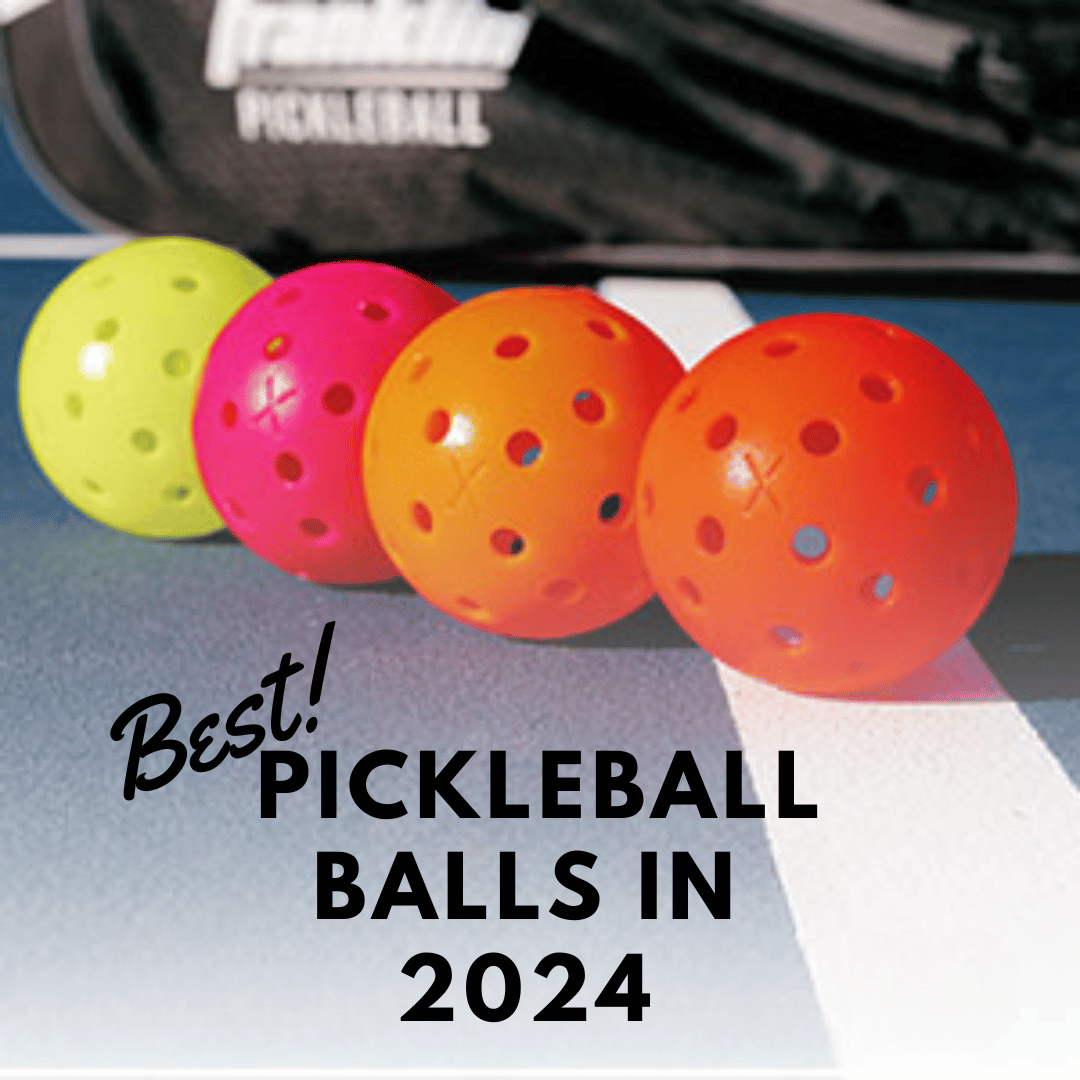
Best Pickleball Balls in 2024 For All Conditions
Are you seeking the perfect Pickleball balls for 2024? Let’s find out why they’re the “Best Pickleball balls for 2024”.
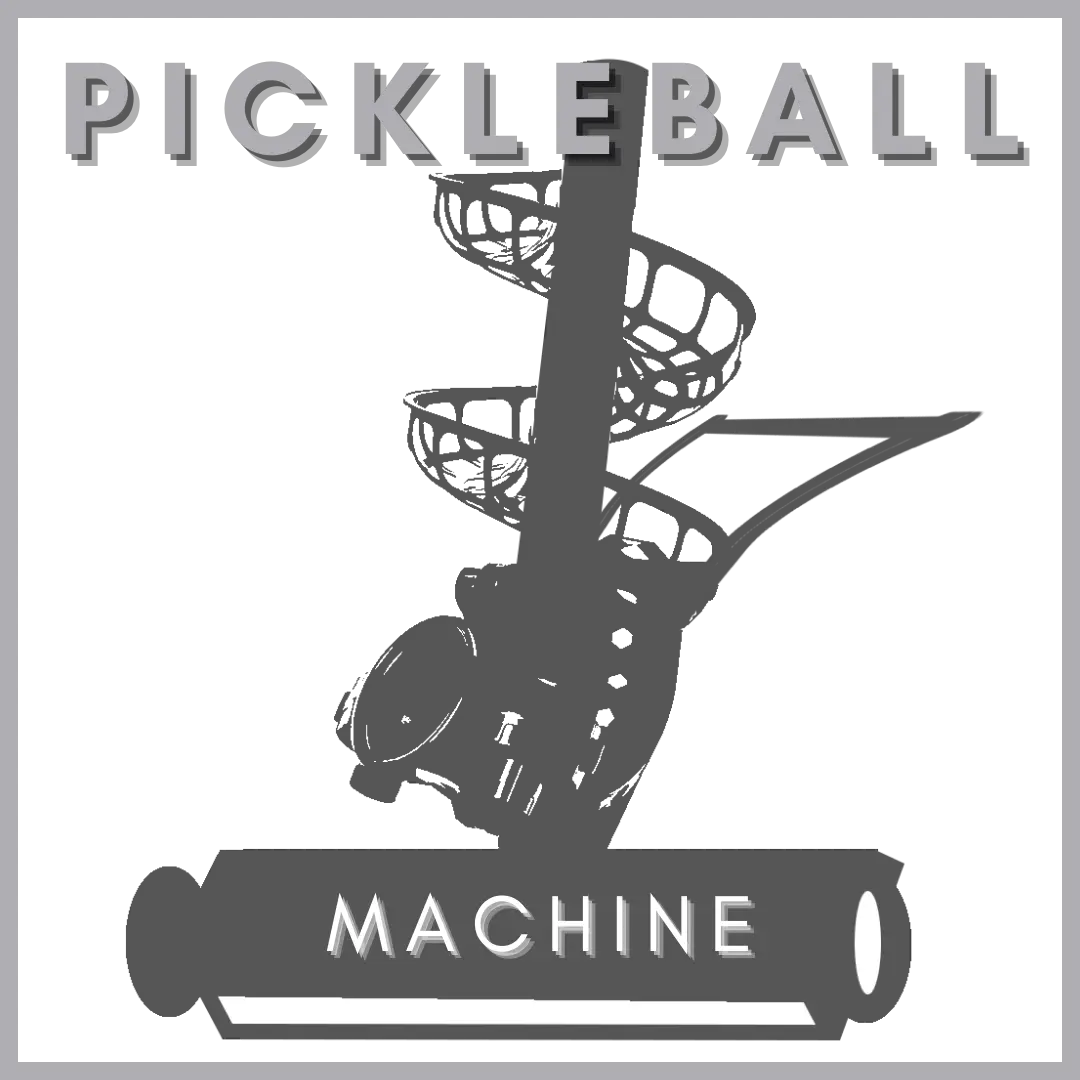
Pickleball Machines: The Secret Weapon to Improve Your Game
Looking to boost your pickleball skills? How can Pickleball Machines serve as your secret weapon?
You may also Contact Us if you want us to feature your brand in an upcoming blog post.


